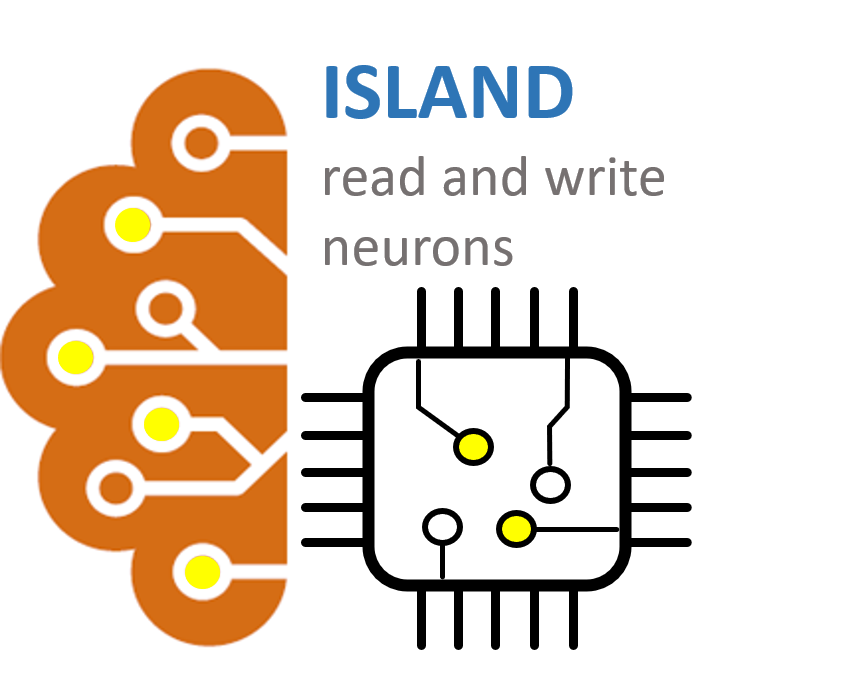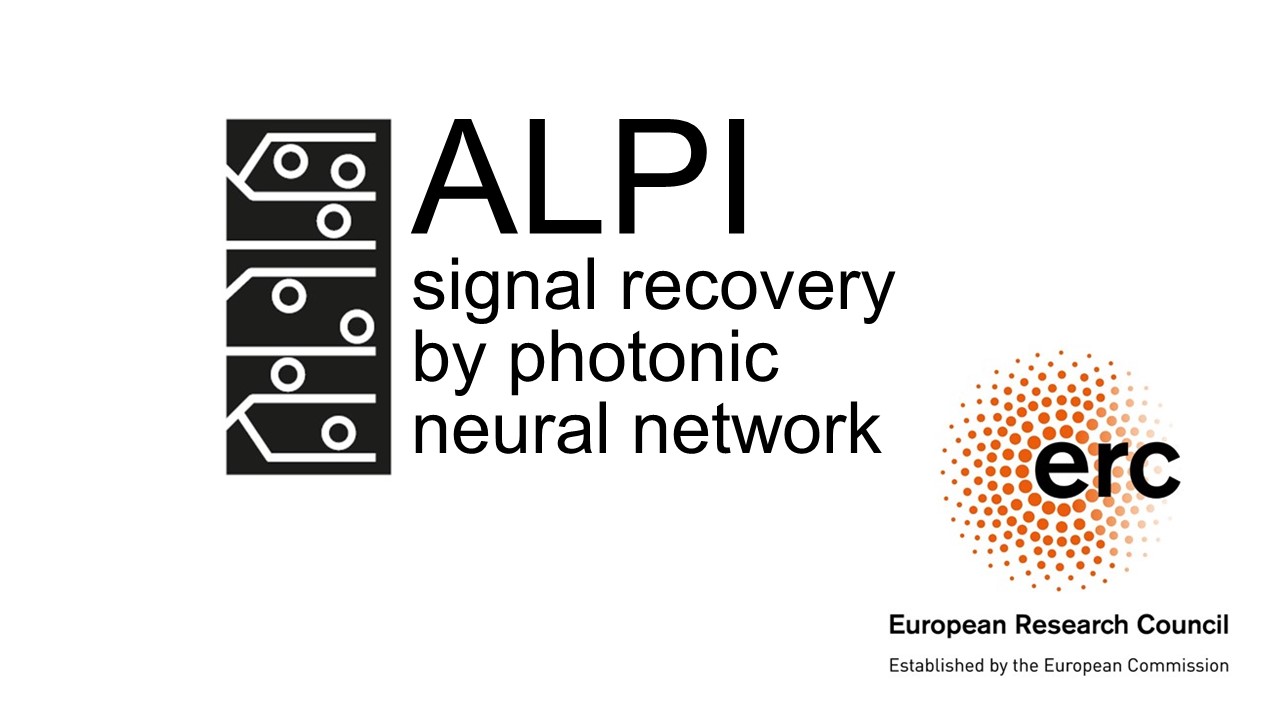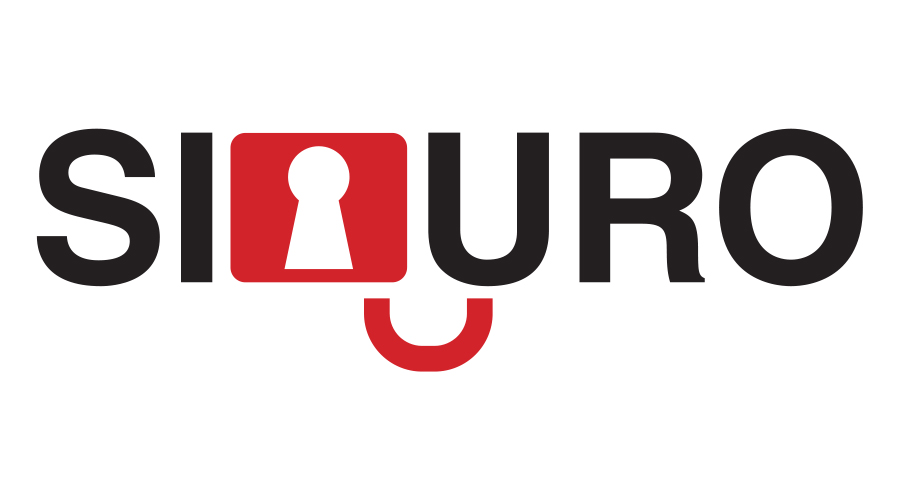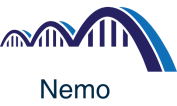
BACKUP: Unveiling the relationship between brain connectivity and function by integrated photonics
 the challenges of realizing a hybrid neuromorphic intelligent network where photonic circuitry provides both the core computing power as well as the interface to biological neurons and electronic circuitry provides both the required I/O control and the platform where algorithms (i.e., deep learning networks) emulate the biological network. After realizing a massive reservoir-computing photonic network based on a complex topology and a neuron/integrated photonic circuit interface where light controls both the topological connections (synapses) and the activity of the biological neurons, BACKUP will develop:
the challenges of realizing a hybrid neuromorphic intelligent network where photonic circuitry provides both the core computing power as well as the interface to biological neurons and electronic circuitry provides both the required I/O control and the platform where algorithms (i.e., deep learning networks) emulate the biological network. After realizing a massive reservoir-computing photonic network based on a complex topology and a neuron/integrated photonic circuit interface where light controls both the topological connections (synapses) and the activity of the biological neurons, BACKUP will develop:ISLAND - An integrated setup for in-vitro optogenetic experiments using AI to localize stimulation with a feedback of electrophysiological signals
 In the ERC-AdG BACKUP project we would like to exploit optogenetics to write engrams in neuronal cultures in-vitro. ISLAND aims at developing an integrated and intelligent platform which should allow to write and read engrams in neuronal cultures.
In the ERC-AdG BACKUP project we would like to exploit optogenetics to write engrams in neuronal cultures in-vitro. ISLAND aims at developing an integrated and intelligent platform which should allow to write and read engrams in neuronal cultures.
The reading part of the setup will be done by sampling the electrophysiological activity of the culture using microelectrode array (MEA) technology which is highly time- and space- resolved. The writing part will be executed by optogenetic techniques using an optical setup allowing spatially-patterned light such as digital light processor (DLP) or integrated photonic circuit (IPC).
The core of ISLAND will be to integrate those two parts in a closed-loop, by developing processing and control units. The processing unit will collect the electrical signals from MEA as a feedback of the neuronal activity and will map the neurons in the network according to their electrophysiological activity. The control system will then activate the corresponding pattern of stimuli in the optical setup according to the network’s map and the assignment.
ISLAND is a strong multidisciplinary project combining neuroscience, electronics and photonics with the usage of Deep-Learning techniques.
PELM: Photonic Extreme Learning Machine: from neuromorphic computing to universal optical interpolant, strain gauge sensor and cancer morphodynamic monitor.
The PELM project aims at demonstrating machine learning photonic devices. Within a single neuromorphic computing architecture, different platforms are specialized to given tasks by their specific characteristics. Starting from a common theoretical algorithm where matrices of optical computational nodes constitute a neural network, innovative proof-of-concept prototypes are realized such as:
- Silicon integrated sequence of optical micro-ring resonators for photonic neuromorphic computing;
- Semiconductor nanowire metasurfaces for arbitrary optical function synthesis suitable for flat lenses in computer tablet or smartphone applications;
- Liquid polymeric droplet whispering gallery mode resonator for sensitive strain gauge sensing;
- Biological spherical resonators for cancer detection and morphodynamics monitoring.
The unique combination of skilled physicists, engineers and biologists- from both universities and research centers- guarantees the achievement of these ambitious goals. Complementary competences in photonic integrated devices, complex systems, linear and nonlinear optical measurements, bio-physics, and semiconductor technology allow developing various platforms for the photonic extreme learning machines and their validation on killer applications.
ALPI: All optical signal recovery by Photonic neural network Integrated in a transceiver module
 ALPI aims at the integration of a photonic neural network within an optical transceiver to increase the transmission capacity of the optical link. Based on a deep learning approach, the new compact device provides real time compensation of fiber nonlinearities, which degrade optical signals. In fact, the tremendous growth of transmission bandwidth both in optical networks as well as in data centers is baffled by the optical fiber nonlinear Shannon capacity limit.
ALPI aims at the integration of a photonic neural network within an optical transceiver to increase the transmission capacity of the optical link. Based on a deep learning approach, the new compact device provides real time compensation of fiber nonlinearities, which degrade optical signals. In fact, the tremendous growth of transmission bandwidth both in optical networks as well as in data centers is baffled by the optical fiber nonlinear Shannon capacity limit.
Nowadays, computational intensive approaches based on power hungry software are commonly used to mitigate fiber nonlinearities. Here, we propose to integrate in the optical link the neuromorphic photonic circuits, which we are currently developing in the ERC-AdG BACKUP project. Specifically, the proposed error-correction circuit implements a small all-optical complex-valued neural network, which is able to recover distortion on the optical transmitted data caused by the Kerr nonlinearities in multiwavelength optical fibers. Network training is realized by means of efficient gradient-free methods using a properly designed data-preamble.
A new neuromorphic transceiver demonstrator realized in active hybrid Si/InP technology will be designed, developed and tested on a 100 Gbps 80 km long optical link with multiple-levels symbols.
The integrated neural network will mitigate the nonlinearities either by precompensation/autoencoding at the transmitter TX side or by data correction at the receiver RX side or by concurrently acting on both the TX and RX sides. This achievement will bear to the second ALPI’s goal: moving from the demonstrator to the industrialization of the improved transceiver. For this purpose, patents will be filed and a business plan will be developed in partnership with semiconductor, telecom and IT companies where a path to the commercialization will be individuated. The foreseen market is the big volume market of optical interconnection in large data centers or metro networks.
 plays a crucial role in many applications in science and impacting society, in particular for simulation and cryptography. It is of fundamental importance that the generated numbers are truly random, as any deviation may adversely effect modelling or jeopardise security. Notably, recent breaches of cryptographic protocols have exploited weaknesses in the random number generation. In this context, schemes exploiting the inherent randomness of quantum physics have been extensively investigated. Quantum random number generation (QRNG) devices are now commercially available, which arguably represents one of the most successful developments of quantum technologies so far.
plays a crucial role in many applications in science and impacting society, in particular for simulation and cryptography. It is of fundamental importance that the generated numbers are truly random, as any deviation may adversely effect modelling or jeopardise security. Notably, recent breaches of cryptographic protocols have exploited weaknesses in the random number generation. In this context, schemes exploiting the inherent randomness of quantum physics have been extensively investigated. Quantum random number generation (QRNG) devices are now commercially available, which arguably represents one of the most successful developments of quantum technologies so far.LESSO: Laser etero-integrato a stato solido per trappole ottiche
Atomic clocks are sophisticate instruments used for extremely precise measurements of time. While a high quality wristwatch measures the time with an accuracy of about 5 seconds per year ultraprecise atomic clocks (strontium clock NIST 2015) measure the time with an accuracy of 1 second in 15 billions of years. In modern measurement systems used in metrology, measuring the time with high accuracy, allows also to measure the position with accuracy. For these reason atomic clocks find application as reference in navigation and position systems like GPS.
One of the critical components of an optical atomic clock are high performance lasers. The emitted light of such lasers has to be “ultra-pure” in colour and extremely stable over time. In the core of the atomic clock the emission of these lasers is then used to analyse and to manipulate atomic transitions of single isolated cold atoms – in our specific case the atom strontium.
Today a relatively compact optical atomic clock has a volume of about 2 m3. Especially for space missions much more compact optical atom clock will represent an enormous advantage. The project consortium - formed by the Bruno Kessler Foundation, the Department of Physics of the University of Pisa, the Physics Department of the University of Trento and Atomsensor SRL - aims on the radical miniaturisation of one of the components of the atomic clock, namely the laser source used to manipulate the strontium atoms. The key to the miniaturisation is the integration of laser-crystals, grown by the Physics Department of Pisa, with tiny optical circuits realised with silicon microfabrication technology (the same technology allowed the radical miniaturisation of components nowadays used in computers, smartphones, and consumer electronics etc.). The core of the laser will have a volume of some tens of cubic centimetres and its performance will be tested at the atomic clock of Atomsensor SRL in Florence, Italy.
SiQuro: On silicon chip quantum optics for quantum computing and secure communications (2013-2017)
 SIQURO aims at bringing the quantum world into integrated photonics by using the silicon platform and, therefore, permitting in a natural way the integration of quantum photonics with electronics. In this way, by using the same successful paradigm of microelectronics, the vision is to have low cost and mass manufacturable integrated quantum photonic circuits for a variety of different applications in quantum computing, secure communications and services. This will be achieved on one side by engineering the optical properties of silicon by using nanotechnology and material sciences and on the other side by developing suitable quantum theories to predict the properties of photons in such a specific systems.
SIQURO aims at bringing the quantum world into integrated photonics by using the silicon platform and, therefore, permitting in a natural way the integration of quantum photonics with electronics. In this way, by using the same successful paradigm of microelectronics, the vision is to have low cost and mass manufacturable integrated quantum photonic circuits for a variety of different applications in quantum computing, secure communications and services. This will be achieved on one side by engineering the optical properties of silicon by using nanotechnology and material sciences and on the other side by developing suitable quantum theories to predict the properties of photons in such a specific systems.
FIRB NEMATIC: Nanoporous materials: self assembled blackboard to study structure and interactions of DNA (2013-2017)
 NEMATIC aims at developing a totally new analytical platform able to study the effects of proteins on nucleic acid structure and topology. Such analysis will be performed investigating electrically driven translocation events of DNA molecules through nanopore-based microarrays.
NEMATIC aims at developing a totally new analytical platform able to study the effects of proteins on nucleic acid structure and topology. Such analysis will be performed investigating electrically driven translocation events of DNA molecules through nanopore-based microarrays.
The porous blackboard developed by NEMATIC will constitute an important step towards the realization of analytical systems able to:
- detect biological molecules on the basis of biochemical and steric interactions;
- detect DNA modifications followed by interactions with proteins and describe which type of modifications occurred, based on a multiplexed approach,
- analyze complex mechanisms involved in genome stability.
ITPAR: A cheap, light, compact source for QKD based on intraparticle entanglement in an integrated photonic circuit (2018-2021)
The aim of this project is to develop the theory, validate the principles, design the optical system and demonstrate a quantum key distribution optical link based on the innovative concept of intra-particle entanglement. An integrated source of a quantum key in a silicon chip will be fabricated and inserted into an optical fiber communications system to demonstrate the feasibility of the concept. The innovation is both on the conceptual aspect of using a single particle for quantum key distribution, on the use of an incoherent light source to generate the entangled state as well as demonstrating quantum key distribution using a single particle based intra-particle entanglement.
IRIS: Integrated Reconfigurable sIlicon phonic Switch (2014-2017)

IRIS aims at fabricating a highly integrated, scalable, transparent and high capacity WDM Photonic Switch used as an Transponder Aggregator (TPA), a novel function which will be added to existing ROADM nodes without disrupting their architecture while adding attributes such as colourless, directionless and contention
less.
For Metro networks, this switch will provide flexibility, energy efficiency, very small footprint,low cost and faster reconfigurability (microsecond regime) as they are particularly required in this segment of the network and, in conjunction with an intelligent control and management plane, it will empower future software defined networking (SDN).
This novel integrated switch architecture is also suitable for Data Center networking due to its capability to manage large throughput in a single chip with low cost, low footprint and low power consumption.
The new TPA will be based on a fully integrated electro-photonic device realized by using Silicon Photonics wi
Nonlinear dynamics of optical frequency combs (NEMO) (2017-2019)

Optical frequency combs (OFCs) are light sources with a spectrum containing thousands of equally spaced laser lines. OFCs have revolutionized precise optical frequency measurements by making it possible to directly link any optical frequency to a microwave clock. Nowadays they are the indispensable equipment for many other applications, ranging from synchronization of telecommunication systems to astronomical spectral calibration and biomedical or environmental spectrometry. To date, most of the comb spectroscopies rely on table-top mode-locked femtosecond laser systems. As an alternative, passive comb sources based on Kerr microresonators have shown the technological possibility to reduce the size of a comb source to that of a sensing device. The tight confinement of light within the resonator enhances the intensity-dependent nonlinear interaction, thus enabling efficient frequency conversion of pump photons to signal and idler sidebands. However, the threshold power of Kerr combs remains too high for permitting a chip-scale comb source with an integrated pump laser. In the NEMO project we develop novel breakthrough technologies that will enable chip-based OFC sources. The first technology is that of OFCs based on quadratic nonlinear materials, which permits to reduce the pump power threshold down to the microwatt level, and the simultaneous generation of combs in different spectral regions. The second technology is that of frequency combs directly generated from a quantum cascade semiconductor laser. A key requirement for all applications is that the comb should be stable and exhibit low-phase noise operation. This is challenging because both passive and active OFC sources are nonlinear devices that exhibit a highly complex, and essentially chaotic dynamics. To be able to practically utilize OFCs based on quadratic and Kerr nonlinearities, it is crucial to develop a comprehensive theoretical understanding of the nonlinear dynamics for comb generation processes, and study the existence, behavior and stability of these devices. In this project we seek to alleviate this need by developing a novel theoretical framework able to predict the behavior and stability of both passive and active OFC sources.